What will the life of the owner Android – of a smartphone or tablet – turn into if all communication with Google is cut off? Will it be possible to use a smartphone or will it turn into a beautiful brick?

This spring, Google turned off the quiet life for all OS users Android who recklessly bought uncertified devices and, moreover, had the imprudence not to know about it.
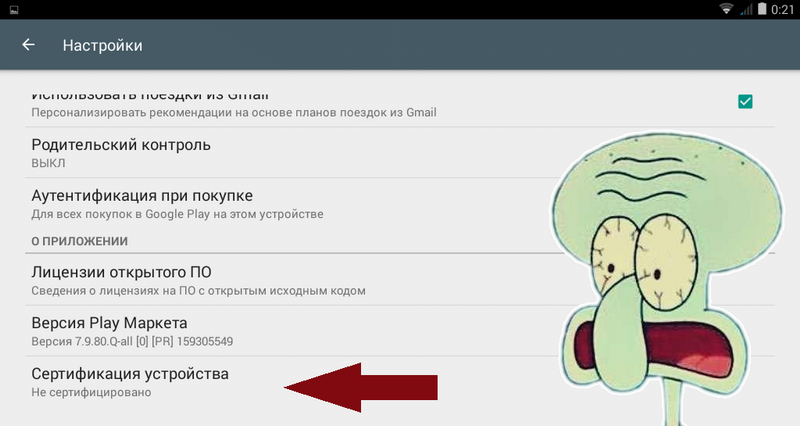
After the new year, 'Googleddon' may occur, i.e. massive, remote and forced shutdown of all Google services in illegal smartphones and tablets produced after the start of the Google crusade. It is not clear what point of reference Google will take, where there will be that watershed 'before and after', maybe the moment the device is activated on the network (by IMEI)? Write if you know more about this. What special effects this will be accompanied by is unknown, but there are fears that the wrong smartphone may have an incorrect shutdown, which completely paralyzes the device. The owners of smartphones and tablets with illegal Google Play will be left alone with a frightening unknown, and therefore it is better to prepare in advance and strike Google a preemptive strike.
Theory and preparation
Almost all Google software is part of the device's firmware. If you simply disable it through the 'applications' item in the settings Android, then it will not change anything. The fact is that deep in the bowels of the system lives an unobtrusive coordinator-controller of Google applications. Being in fact another application, it avoids the user; on some firmwares it can only be found in the general list. It collects all information from other Google applications and transmits it to Google servers, runs Google Play in the background, and generally leads an extremely independent lifestyle. It's called simply and unpretentiously 'Google Play Services'.
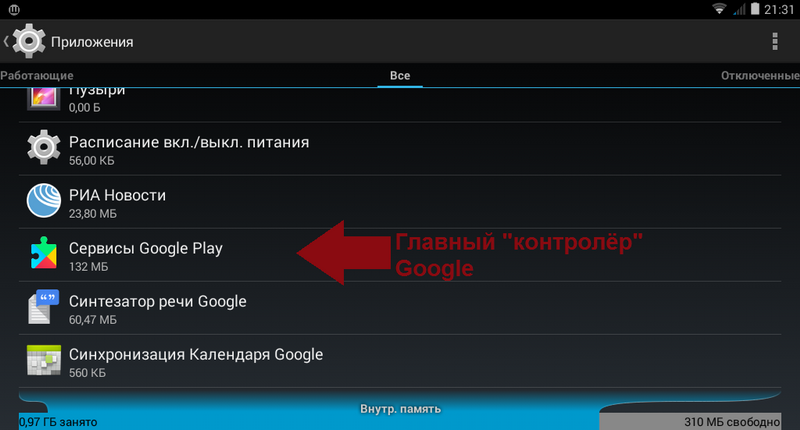
Quiet life after 'Googleddon' is impossible without uninstalling this application. In this note, there will be no instructions for obtaining Root access and parsing tools for removing system applications. All this can be found on profile resources (for example w3bsit3-dns.com). But we can give a general recommendation – when uninstalling system applications, do not be afraid to delete everything that contains the word 'Google'. The operating system Android is not wholly owned by Google and will work without its software. Experienced users will easily get out of the situation and install an AOSP assembly (Android without Google) on their device, but for the majority it is still preferable to clean out their native firmware from Google. After all, in case of failure, you can always reset the phone to the 'factory settings' and return it to the 'fresh from the store' view. So, all Google apps have been removed, what's next? And then the Google applications, to which we are so accustomed, will be tested for the possibility of their work without 'communication with the center', i.e. as independent applications.
Google Play, Google+, Gmail, Talk and Hangouts
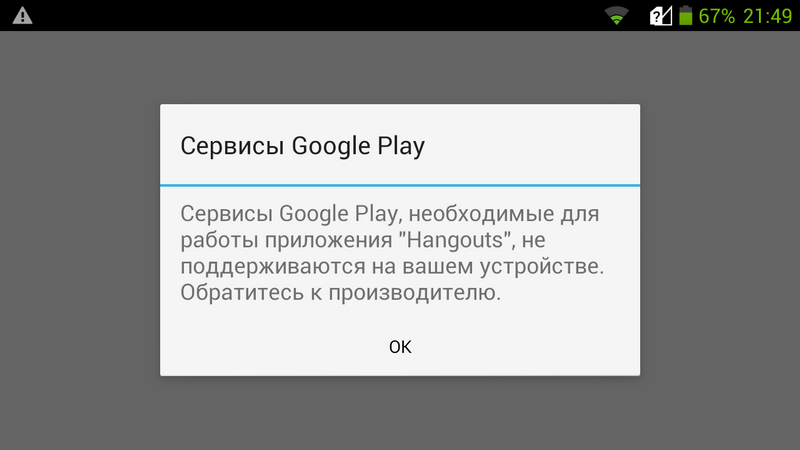
These applications will not work, their work is too tightly tied to the Google servers. But even without them, you can lead a full life. There are many Google Play analogues, ranging from Yandex.Store to Aptoide, Blackmart and many others. By blocking legal access to their products, Google themselves have put themselves outside the law, so remorse should not torment the user. Messengers are also not a problem, the only drawback is that new contacts will have to be entered manually, they will not appear automatically when added on another device under your account. Gmail is being replaced by the universal email aggregator Bluemail, the only disadvantage is that push notifications will not work without 'Google Play Services'.
Youtube
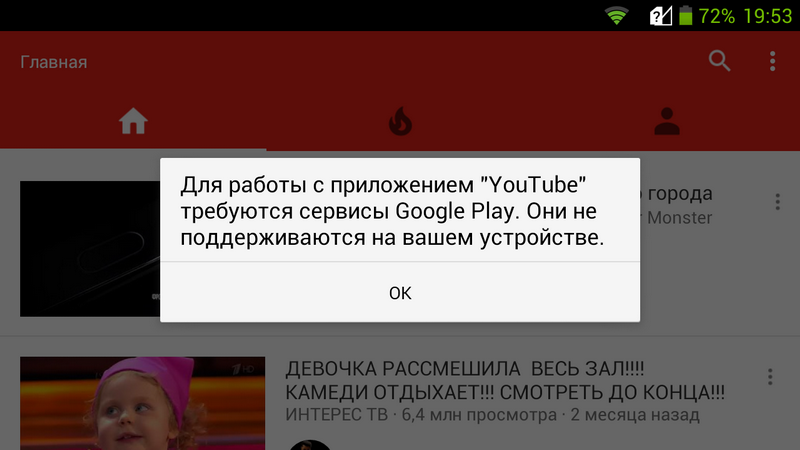
Youtube, at its core, is a monopoly of streaming video broadcasting and life is impossible without it for most users. The latest versions require 'Google Play Services' installed, but it's not all bad. First, there are analogs that are very easy to find and install from a regular .apk.

And secondly, the Youtube application version 'v4.1.47' is not tied to these services, moreover, no one will force the user to update it, because we have already removed the main 'updater'.
Google photos
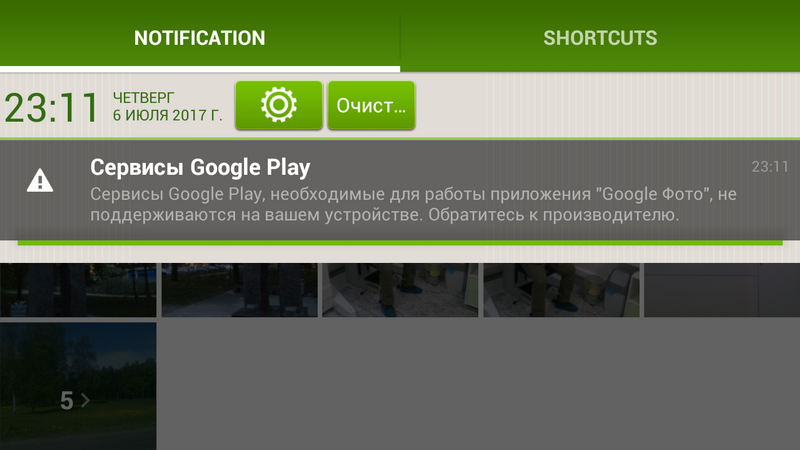
The Google Photos app works fine on its own, but it periodically displays a message in the notification bar about the need to install Google Play Services. However, this message can simply be ignored.
Google chrome
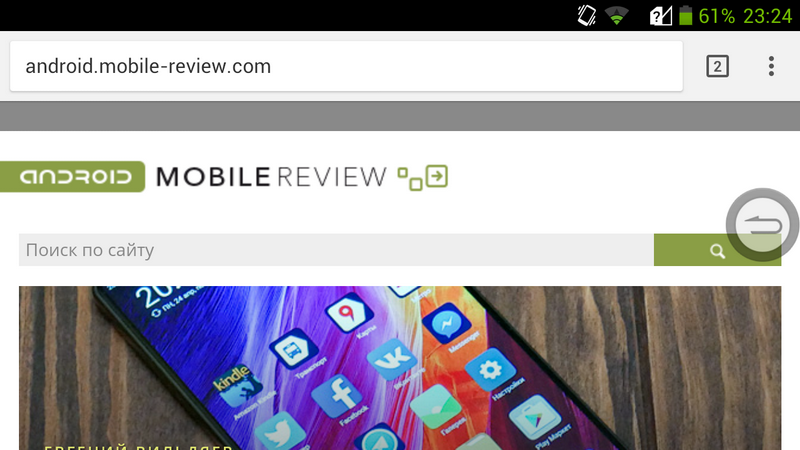
For unknown reasons, Google is in no hurry to chain the Chrome browser. The application works great on its own, and also makes it possible to use all other Google services in WEB-mode. You will have to enter the passwords yourself if you installed the browser after uninstalling 'Google Services', however, you only need to do this once.
Conclusion
There are too many Google services and a detailed description of the services they provide to the user would take an unacceptable amount of space. But, nevertheless, all of them can be replaced with analogues, and some can be made to work without communication with Google servers. The question remains open, does Google realize that users can completely refuse their services if they suffer during the financial showdown between the software giant and the Chinese NoNaMe production? Hopefully, manufacturers will come to their senses and take advantage of the grace period that Google gave them to solve certification problems.
